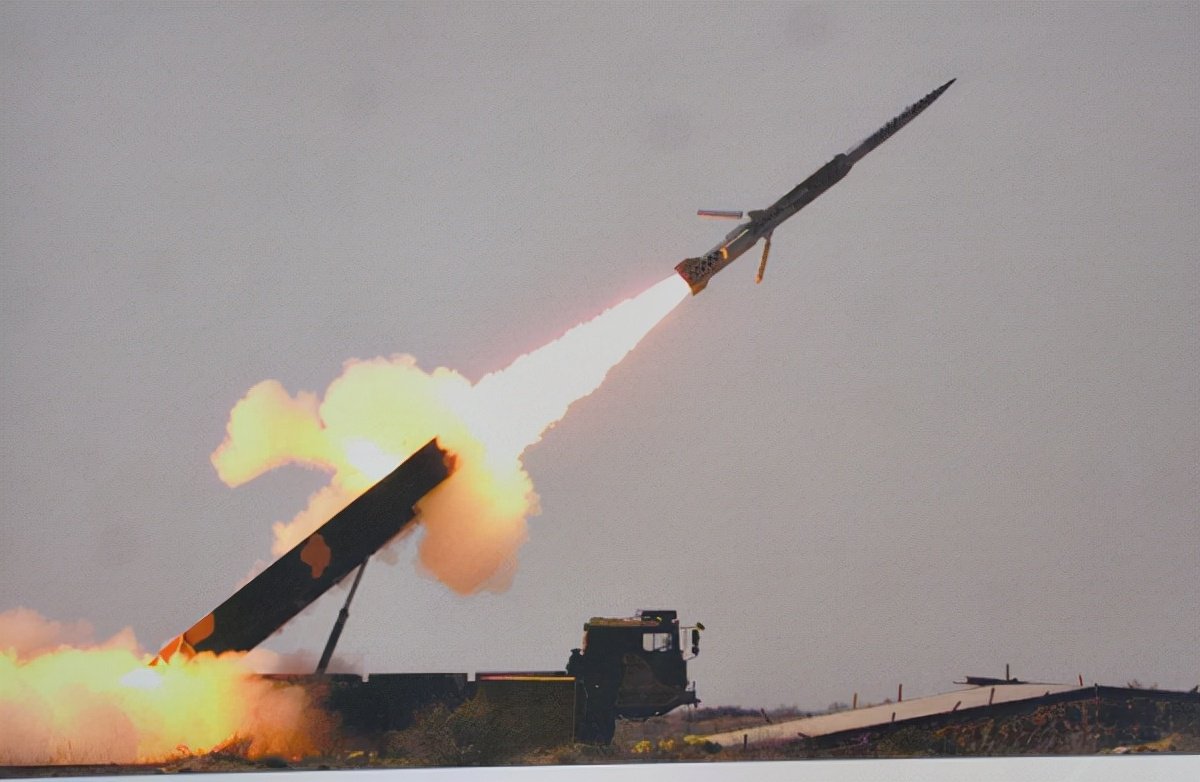Yes, if a surface ship has powerful enough radars, it can detect the LASM as soon as it reaches the radar horizon, but in the scenario where the surface ship is isolated from the task force, it cannot engage with relative success. on account of the missile's characteristics.
Q. How often will a ship be operating isolated?
A. Within the 1st and 2nd Island Chain, Chinese ships should always be under some form of AWACs cover or be part of a surface group.
As the launch will take place beyond the horizon, it is difficult for the target to be sure it is under attack, even because an aircraft like the P-8 or a Global Hawk can use passive sensors and may be outside the target ship's radar range, not to mention on American satellites equipped with synthetic aperture radars, with the potential to assign targets to ships. As for the LRSM sensors to alert the target, as I said, it should use a combination of active and passive sensors and would only use radar in case of bad weather or some infrared countermeasure.
As it is a sea-skimming missile, in the terminal phase it flies at low altitude, maneuvers and starts interfering with radar using ECM. A missile like the LRASM can create one or more fake missiles to circumvent the defensive radar system, using its ECM capability, and can even penetrate the defenses of an aircraft carrier depending on the airborne configuration of each CSG, but it is such a good missile as a supersonic to penetrate the point defenses of isolated ships. The missile addresses characteristics of sea-skimming, stealth, great maneuverability and a huge potential to operate autonomously.
How much ECM can a small missile actually generate?
It is very difficult to spoof modern AESAs because they are simultaneously generating many unique waveforms across different frequencies.
It is noteworthy that the F-35/LRASM combination is one of the most lethal anti-ship systems in existence today. Although fully capable of operating autonomously, LRASM missiles launched from the F-18, B-1B and in the future P-8 and B-21 and from naval surface and submarine units when combined with the fighter F-35 for real-time targeting and tracking is simply devastating to enemy naval units.
Your assertion that for a missile to be effective, the PLAN would have to be developing it doesn't make any sense. The ASuW doctrine of Americans and Chinese are conceptually different, therefore, it would not even be a validating argument to claim that the LASM missile is not useful in an ASuW environment.
In a blue-water battle anywhere within the 1st and 2nd Island Chains, why should the ASuW doctrine of the US be any different to that of China?
If stealthy subsonic missiles were the most effective type of antiship missile, then both China and the US should have come to that conclusion. If LRASMs have a range of 600km, China and the US could spam these missiles at each other within the 1st Island Chain, and both sides could expect these missiles to succeed.
But China has completely skipped LRASMs and gone with hypersonic antiship missiles with far greater range.
My read is that LRASMs were developed because of the limitations of the existing US delivery platforms, which needed missiles which are not too heavy or too big. Aircraft (by definition) have a very limited payload weight and the ships are limited by the size of the Mk41 VLS cells
Chinese aircraft also have similar weight limitations and Chinese ships actually have a larger VLS cell.
China also has the J-20 fighter which is larger and longer ranged than an F-35.
If the F-35/LRASM combination was as deadly as you suggest, a J-20 variant could perform the same real-time ship targeting mission you have suggested.
So why hasn't China developed LRASMs, if they are so amazing?
My conclusion is that slow subsonic LRASMs just aren't effective against a competent air defence system
Later this year, BAE Systems was awarded a contract to produce new, next-generation seekers for the LRSM at a lower cost, this will help reduce overall missile costs and give the missile more efficiency and less reliance on external data.
Again, a missile such as LRASM is still ineffective for task forces centered on aircraft carriers with escorts consisting of cruisers (heavy destroyers) as well as destroyers, anti-aircraft capable frigates and AEW&C assets, as the missile would already be detected beyond the radar horizon and would be constantly located once its detection was made, this would eliminate the surprise effect of sea-skimming as well as its stealth-missile characteristic, and its ability to stealthily circle a zone around the target would already be ruled out.
I expect all Chinese task forces to have AWACs cover within the 1st and 2nd Island Chains
Therefore any LRASMs launched by the US would be detected beyond the radar horizon



